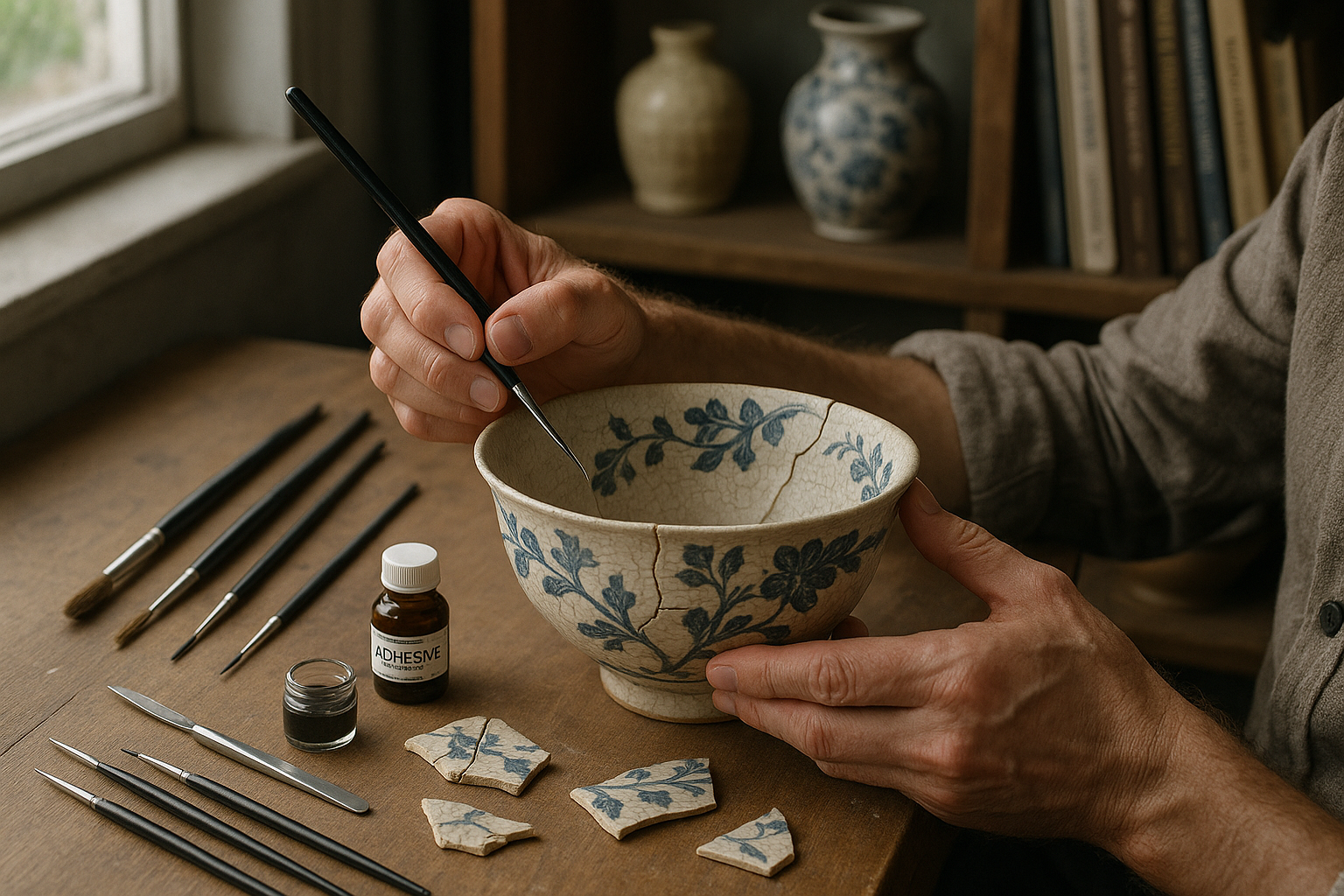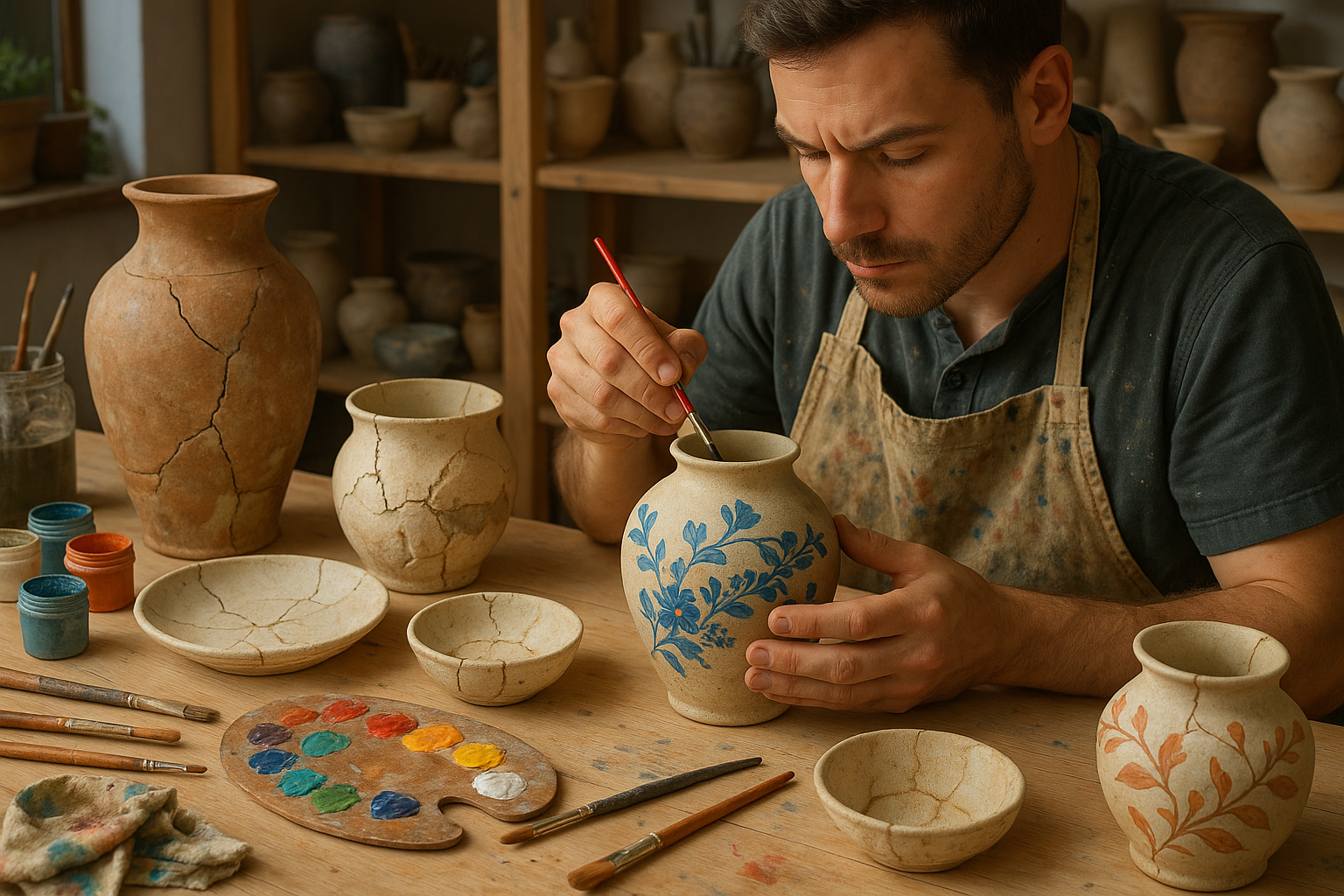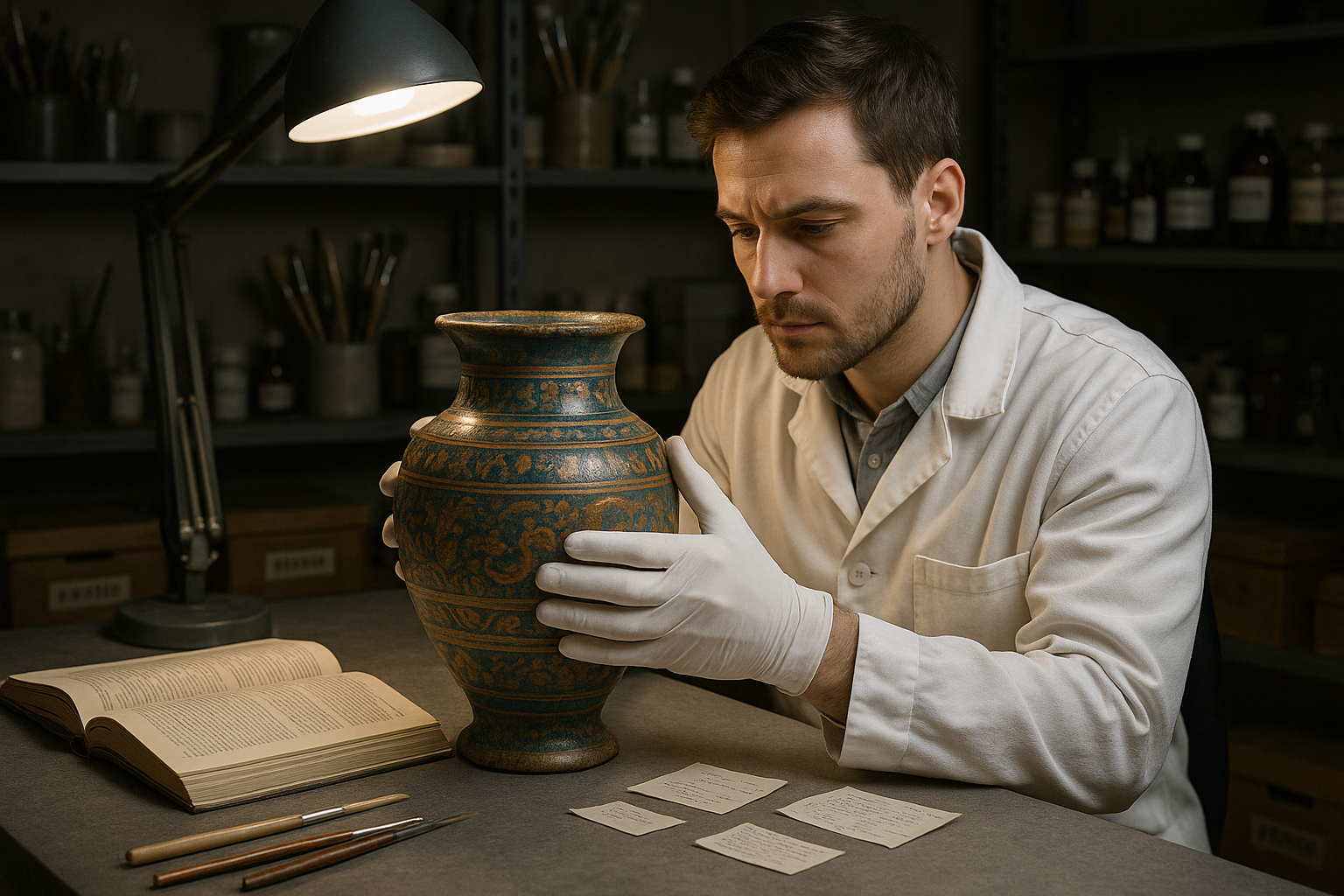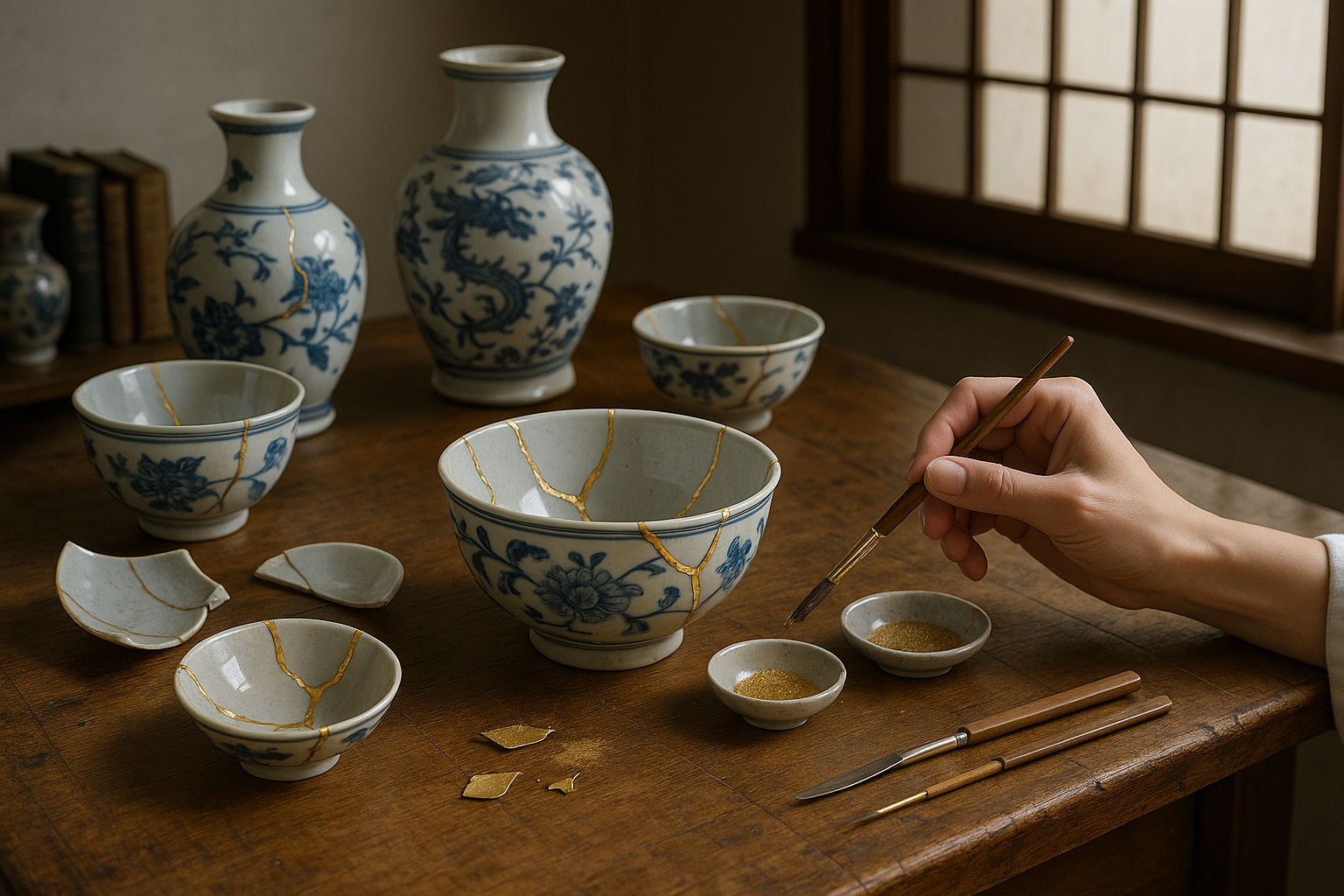In a world where modern technology and rapid production often overshadow the beauty of traditional craftsmanship, there lies a hidden treasure trove of wisdom in the form of antique glue recipes. These time-tested formulas hold the secrets to creating durable, beautiful, and timeless pieces that have withstood the test of time. But what exactly makes these old-world recipes so special? 🧩
Imagine a time when artisans meticulously crafted furniture, musical instruments, and other masterpieces with an unparalleled attention to detail. The tools of their trade included not only skillful hands and creative minds but also a deep understanding of the materials they used. Among these materials, glue played a pivotal role. The choice of adhesive could mean the difference between a piece that would last for generations and one that would quickly fall apart. Today, as we delve into the secrets of antique glue recipes, we unlock a portal to the past, offering insights that can elevate our modern crafts and restorations.
What makes these antique glues so intriguing is their composition. Derived from natural ingredients like animal hides, bones, and plant resins, these adhesives were developed through centuries of experimentation and refinement. Unlike many contemporary synthetic glues, these natural concoctions were not only effective but also environmentally friendly, a consideration that resonates with the growing sustainability movement today. 🌿
As we embark on this exploration of historic glue recipes, we’ll uncover the science behind their sticking power. We’ll dive into the chemical interactions and physical properties that made these glues indispensable to craftsmen of the past. Understanding these principles not only satisfies our curiosity but also equips us with knowledge that can enhance our current practices. Whether you’re a professional restorer, a DIY enthusiast, or someone with an appreciation for the art of making, these insights are bound to inspire. 🔍
Furthermore, we’ll examine how these ancient adhesives have been preserved through generations. Passed down through written records, oral traditions, and sometimes secretive guilds, the recipes for these glues are a testament to the value artisans placed on their craft. We’ll look at specific case studies of famous historical objects and explore how antique glue played a role in their longevity and beauty. From the delicate marquetry of Louis XIV’s furniture to the enduring sound of Stradivarius violins, the impact of these glues is undeniable.
In our modern context, where do these antique glue recipes fit? As more people seek to reconnect with traditional methods and create works of lasting beauty, there is a growing interest in reviving these old techniques. We’ll explore how contemporary artisans and hobbyists are rediscovering and adapting these recipes for use today. This revival is not just about nostalgia; it’s a conscious choice to prioritize quality, sustainability, and a deeper connection to the materials we use. 🛠️
The journey through the world of antique glues also raises questions about innovation and preservation. How can we honor these traditional methods while integrating modern advancements? Is it possible to combine the best of both worlds to create something truly unique? These are the questions that challenge and motivate us as we navigate the intricate dance between past and present.
Join us as we peel back the layers of time to reveal the fascinating story of antique glue recipes. Through understanding and applying the wisdom of the past, we can enrich our creations today. In doing so, we not only pay homage to the skilled artisans who came before us but also forge a path for future generations to appreciate the enduring art of craftsmanship. 🏺
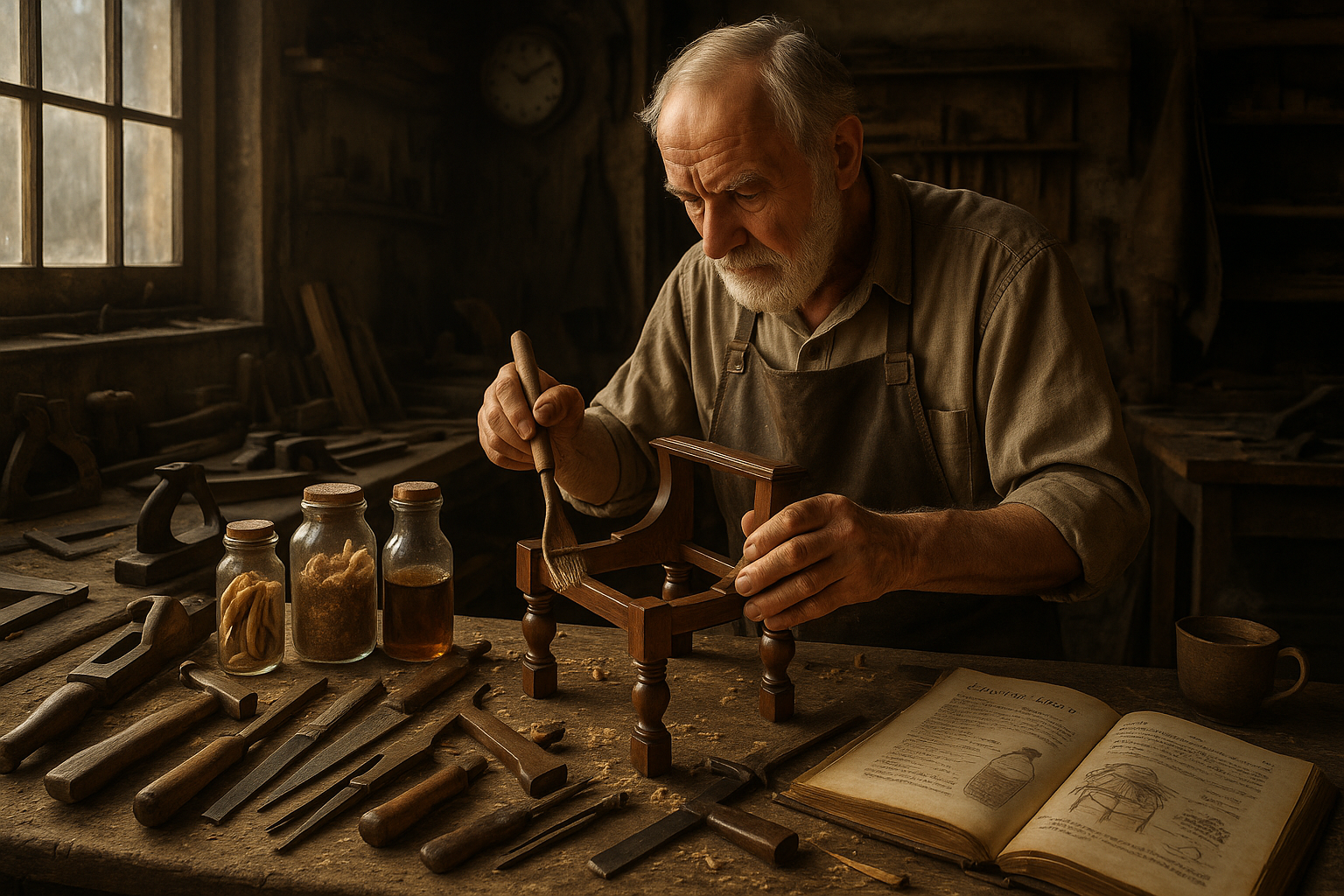
Conclusion
As we journeyed through the fascinating world of antique glue recipes, we’ve unearthed the remarkable ingenuity and skill that craftspeople of the past possessed. 🧰 Their ability to create durable, versatile adhesives from natural materials speaks volumes about their resourcefulness and understanding of chemistry long before the advent of modern technology. This exploration not only highlights the technical aspects of traditional craftsmanship but also underscores the cultural and historical significance of these practices.
From our discussion, we can recapitulate several key points:
1. **Historical Context**: The evolution of glue recipes over centuries showcases a timeline of human innovation. As early civilizations sought solutions to everyday problems, they developed adhesives from readily available natural resources. This adaptability is a testament to human creativity and problem-solving.
2. **Ingredients and Techniques**: We examined various natural ingredients used in traditional glue-making, such as animal hides, bones, and fish bladders. Each recipe required a precise understanding of proportions and environmental conditions to ensure effectiveness. The meticulous preparation techniques serve as a reminder of the patience and dedication required in craftsmanship.
3. **Preservation of Knowledge**: Many ancient recipes have been preserved through written manuscripts and oral traditions. This preservation not only allows us to appreciate the art and science behind these adhesives but also offers valuable insights for modern applications, especially in the fields of restoration and conservation.
4. **Modern Relevance**: Antique glue recipes provide sustainable alternatives to synthetic adhesives, aligning with today’s growing emphasis on eco-friendly practices. They offer a bridge between the past and present, inviting contemporary artisans to explore traditional methods in their work.
The importance of understanding and preserving these ancient techniques cannot be overstated. By delving into the past, we gain a deeper appreciation for the craftsmanship that laid the foundation for modern advancements. Moreover, these recipes remind us of the importance of sustainability and the value of using natural materials.
In conclusion, unlocking the secrets of timeless craftsmanship through antique glue recipes is more than an academic exercise; it is a call to action. It challenges us to think critically about our current practices and consider how we might integrate the wisdom of the past into our modern lives. Whether you’re an artisan, a historian, or simply someone interested in sustainable practices, there’s much to learn and apply from these age-old techniques.
We encourage you to share your thoughts and experiences related to traditional craftsmanship in the comments below. How might you incorporate these insights into your work or hobbies? Feel free to share this article with friends and colleagues who may find this journey through history as fascinating as you did. By spreading knowledge, we honor the past and inspire future innovation. 🌟
Thank you for embarking on this exploration with us. Let us continue to value and preserve the art of craftsmanship for generations to come. 🙌
[Explore More on Traditional Craftsmanship](#)
[Read Related Articles on Sustainability](#)
These links are placeholders, and it’s essential to ensure they lead to active and relevant resources when you’re preparing your final document.
Toni Santos is a restoration artist and historical design specialist devoted to reviving the beauty and soul of the past. Through meticulous craftsmanship and a deep respect for heritage, Toni brings antiques back to life—preserving not just objects, but the stories they carry through time. With hands trained in traditional restoration techniques and an eye for age-worn elegance, Toni restores furniture, artworks, artifacts, and heirlooms with precision and reverence. His work reflects a belief that restoration is not correction—it’s conversation between the old and the present. Blending artistry, conservation ethics, and historical research, Toni approaches every piece as a narrative in wood, metal, leather, or fabric—each with scars that speak of eras gone by. Whether repairing a hand-carved chair or reviving a forgotten painting’s vibrance, he respects the integrity of original craftsmanship while honoring its continued life. As the creative force behind Vizovex, Toni shares before-and-after showcases, restoration walkthroughs, and visual essays exploring the techniques and philosophies behind authentic antique revival. His platform celebrates: The timeless value of handcrafted work The quiet artistry of repair and preservation The cultural memory embedded in material objects The delicate balance between age and renewal For collectors, curators, artisans, and lovers of legacy, Toni’s world is an invitation to see restoration not as fixing what’s broken—but as restoring what still lives beneath the dust of time.

